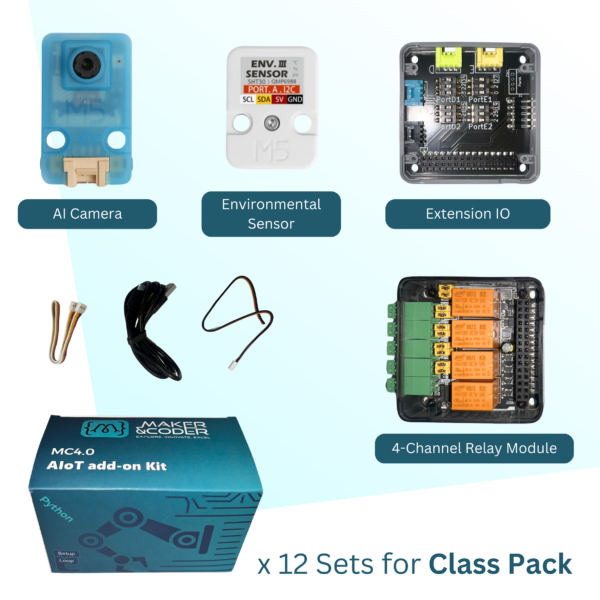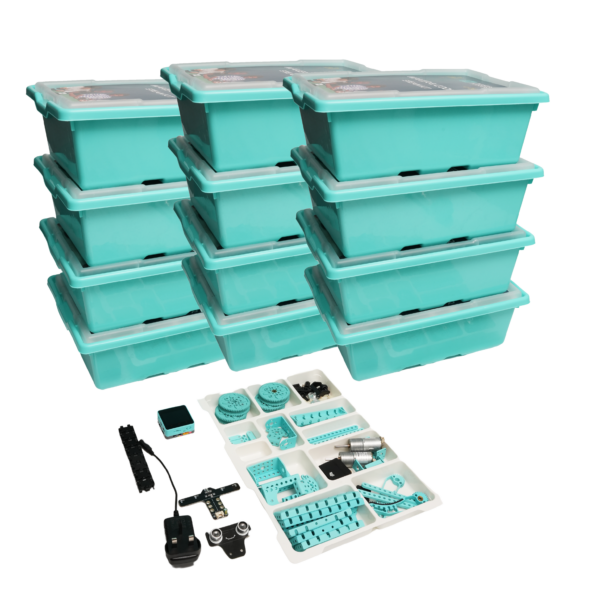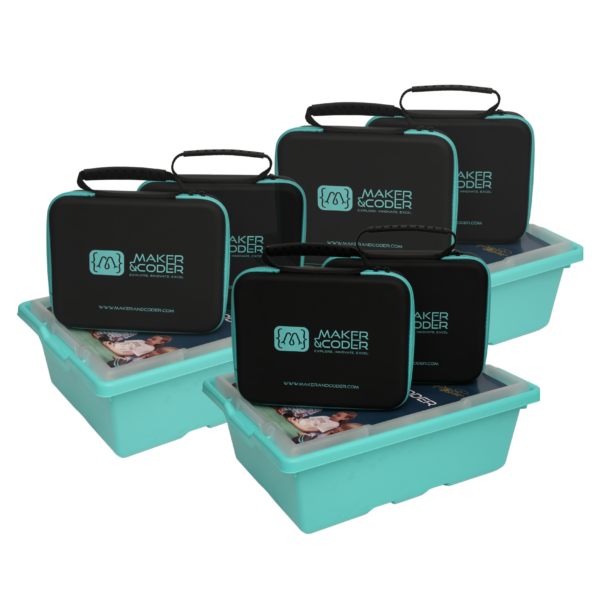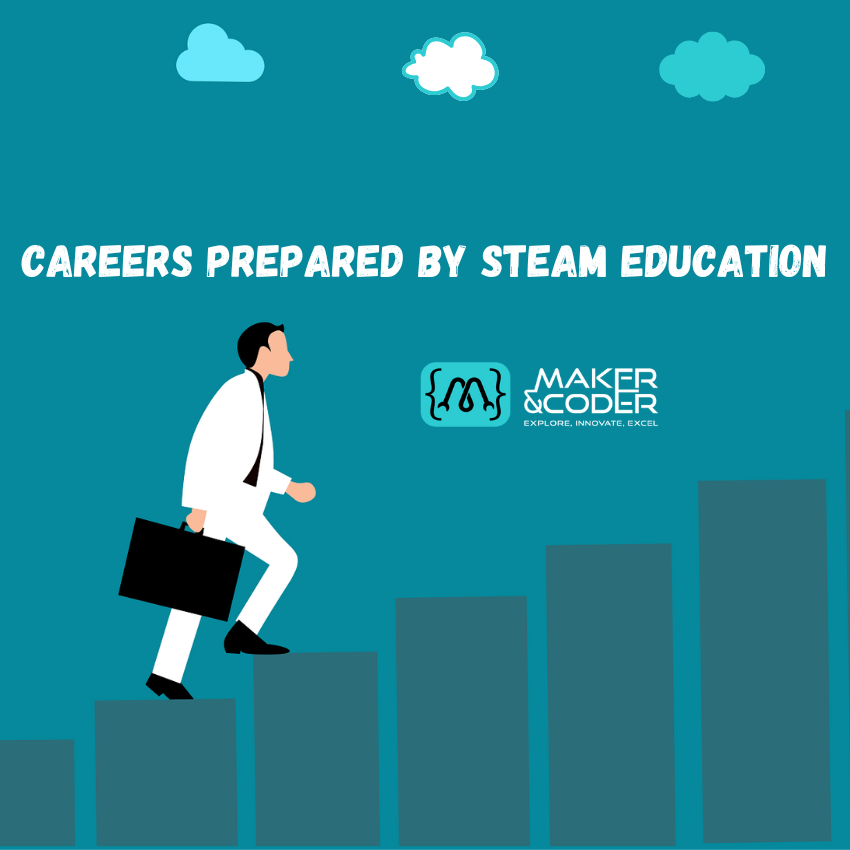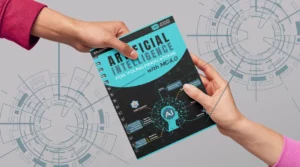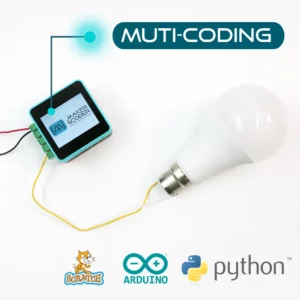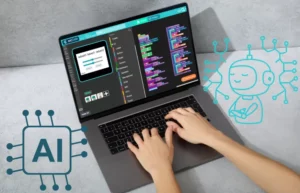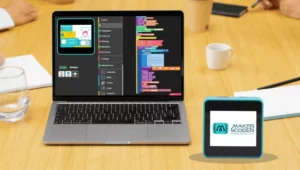Education nowadays must keep pace with the rapidly changing world and needs to prepare students for careers where creative application of technical know-how will be required to solve problems. STEAM is an educational concept wherein students have a comprehensive experience, bringing together what has been viewed as separate disciplines: Science, Technology, Engineering, Arts, and Mathematics. Interdisciplinary thinking and hands-on learning in STEAM education provide graduates with a comprehensive education for different career paths over various industries.
Let’s analyze the job opportunities awaiting STEAM education students.
1. Science Careers
STEAM education provides doors to scientific research, health, and environment sciences jobs. Students of this stream can choose careers such as:
Biologist: A biologist has to study organisms and their ecosystem.
Chemist: Creation of materials, medicines, and different chemical processes involves the profession of a Chemist.
Environmental Scientist: These are involved in the fight against climate change, pollution, and sustainability challenges.
Healthcare Professional: It includes doctors, nurses, and researchers in the medical field who help improve public health.
2. Technology Careers
The technology sector has been growing so fast and STEAM education lays a foundation in coding, data analysis, and software development. Career options include:
Software Developer: Designing and building applications and systems.
Data Scientist: Complex data is analyzed for interpretation to aid in decision-making.
Cybersecurity Specialist: Protecting digital systems and information from threats.
AI/Machine Learning Engineer: Creating intelligent systems that can learn and adapt.
3. Engineering Careers
Engineering is at the heart of innovation, and STEAM education pushes to employ critical thinking and design principles in solving real-world problems. Possible career paths may include:
Mechanical Engineer: The professional undertakes designing machines and mechanical systems.
Civil Engineer: He plans and builds infrastructure projects such as bridges and buildings.
Aerospace Engineer: Developing aircraft, spacecraft, and satellite systems.
Environmental Engineer: Designing sustainable solutions for environmental problems.
4. Careers in Arts and Design
The inclusion of arts into STEAM represents the creativity and innovation required in design, media, and entertainment industries, among others. Students can look at the following options:
Graphic Designer: Creating visual content for branding and communication.
Animator: Creating animations for films, games, and digital media.
Industrial Designer: Developing concepts for products such as furniture, appliances, and vehicles.
UX/UI Designer: Improving users’ experiences with websites and applications.
5. Careers in Mathematics
Mathematics is what grounds careers in analytics, finance, and technology. With a STEAM education, already stronger problem-solving and analysis will result in careers including:
Actuary: Judging risk in finance and insurance.
Statistician: Turning data into usable information to be used to make decisions across many industries.
Financial Analyst: Study financial data to recommend investment choices.
Operations Research Analyst: Improve processes and systems in businesses and government.
6. Interdisciplinary Careers
But one of the most critical strengths of STEAM education lies in its ability to adequately prepare students for careers requiring a mix of skills across disciplines. Examples include:
Robotics Engineer: A person who integrates knowledge of engineering, technology, and AI to construct high-tech robots.
Game Developer: One who merges coding, storytelling, and design skills to develop interactive games.
Biotechnology Specialist: Uses biological and technological principles to drive innovation in healthcare and agriculture.
Environmental Designer: Integrates art, engineering, and science to design and create sustainable spaces.
7. Entrepreneurship and Innovation
STEAM education encourages creativity, problem-solving, and adaptability-all of which are essential to entrepreneurship.
STEAM students can:
Found tech startups in software, AI, or robotics.
Design and develop innovative products to serve social needs.
Create businesses in fashion, media, or industrial design.
Preparing for the Future
From all these, a STEAM education opens up a world of career opportunities that are increasing day by day. As industries continue to evolve, demand rises for those professionals who can think critically, innovate, and work across disciplines. Whatever the passion-be it science, technology, engineering, arts, or mathematics, or even a mix of many of these disciplines-the field of STEAM certainly gives students the best foothold of success in modern times.
With STEAM learning, students are not just preparing for jobs in the present but also for their roles in shaping the future.

